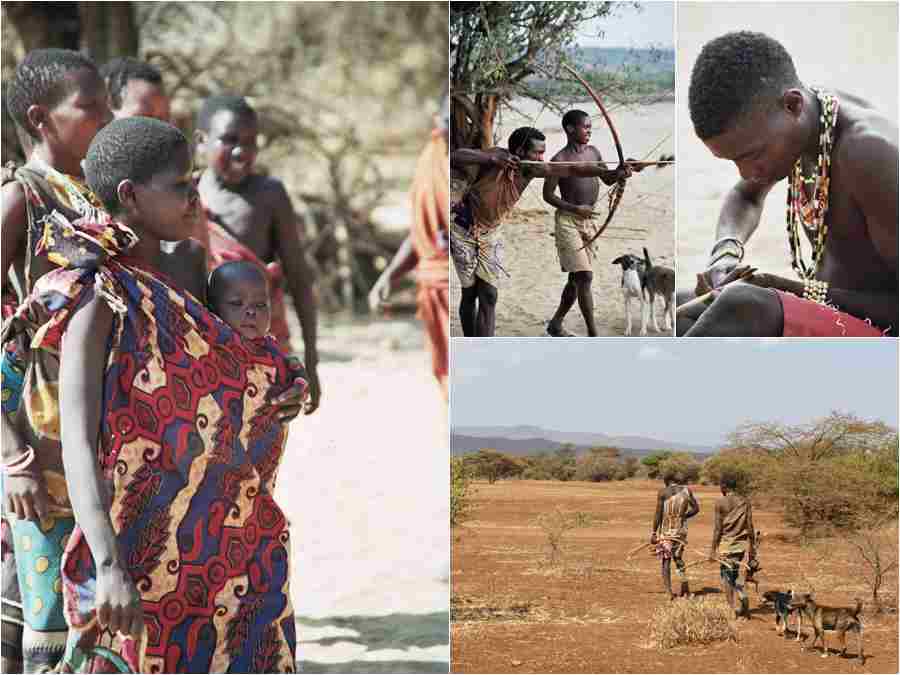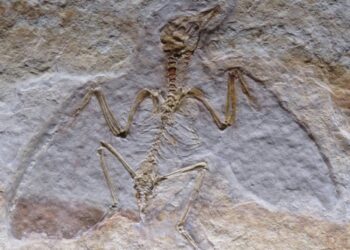The Hadza are one of the few remaining hunter-gatherer groups in Africa, and perhaps one of the most fascinating. They have lived in the Lake Eyasi region of Tanzania for over 50,000 years, making them one of the oldest living cultures on the planet. However, despite their long and rich history, the Hadza are in danger of disappearing. In this article, we will explore the Hadza people, their culture, and their current situation.
Who are the Hadza?
The Hadza are an indigenous minority group that live in the Great Rift Valley of Tanzania, near the border with Kenya. They number around 1,000-1,500 people, and are one of the last remaining hunter-gatherer groups in Africa. They speak a language called Hadzane, which is one of the few known click languages in the world. Their traditional way of life revolves around hunting, gathering, and fishing. They are known for their exceptional hunting skills, especially when it comes to tracking animals using their acute sense of smell.
The Hadza have a unique social structure that is based on equality and cooperation. They have no formal leaders or hierarchy, and decisions are made through consensus. They also have a strong sense of community, and often work together on tasks such as building huts or gathering food. Men and women have distinct roles in their society, with men responsible for hunting and women responsible for gathering.
The Hadza way of life is deeply connected to their environment. They have an intimate knowledge of the plants and animals in their surroundings, and use this knowledge to sustain themselves. They are also known for their spiritual connection to the natural world, and believe that everything in nature is interconnected.
The Threats to the Hadza
Despite their long and rich history, the Hadza are in danger of disappearing. There are several factors contributing to their decline, including encroachment on their land, the loss of their traditional food sources, and the influence of modern culture.
The biggest threat to the Hadza is the loss of their land. In recent years, the Tanzanian government has been granting mining and hunting concessions on Hadza land, which has led to the destruction of their environment and the displacement of many Hadza communities. This has not only made it more difficult for the Hadza to sustain themselves, but it has also disrupted their social structure and culture.
Another major threat to the Hadza is the loss of their traditional food sources. As their environment is destroyed, the animals and plants they rely on for sustenance are disappearing. Additionally, as the modern world encroaches on their way of life, the Hadza are increasingly turning to processed foods and other modern conveniences. This is not only detrimental to their health, but it also erodes their cultural traditions.
Finally, the influence of modern culture is also having an impact on the Hadza. As they interact more with the outside world, they are exposed to new ideas and ways of life. This can be both positive and negative, but it is also changing the Hadza way of life. Some younger members of the community are even leaving to pursue education and job opportunities in the cities, which further threatens the survival of their culture.
Preserving the Hadza
Despite the many challenges facing the Hadza, there are efforts underway to preserve their culture and way of life. One of the most important steps is to protect their land. Several organizations are working to secure land rights for the Hadza and to prevent further encroachment. This not only protects the Hadza environment and food sources, but it also helps to maintain their cultural traditions and social structure.





